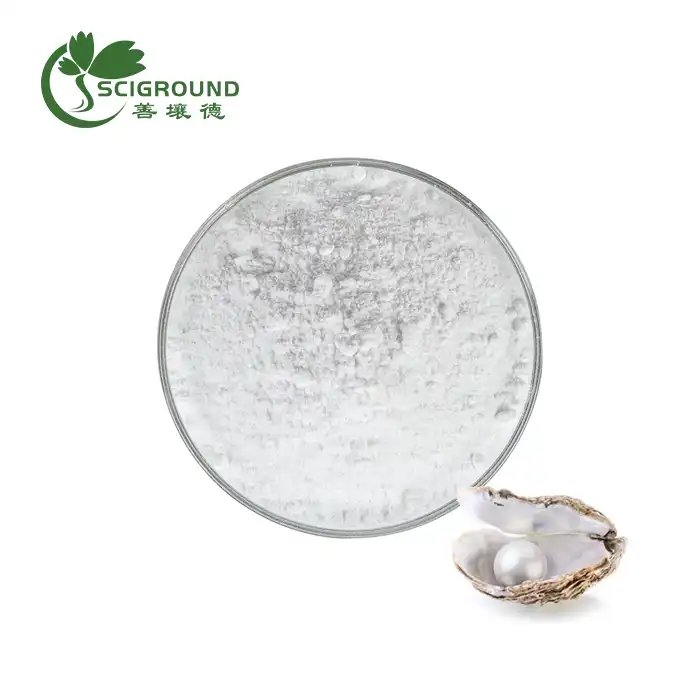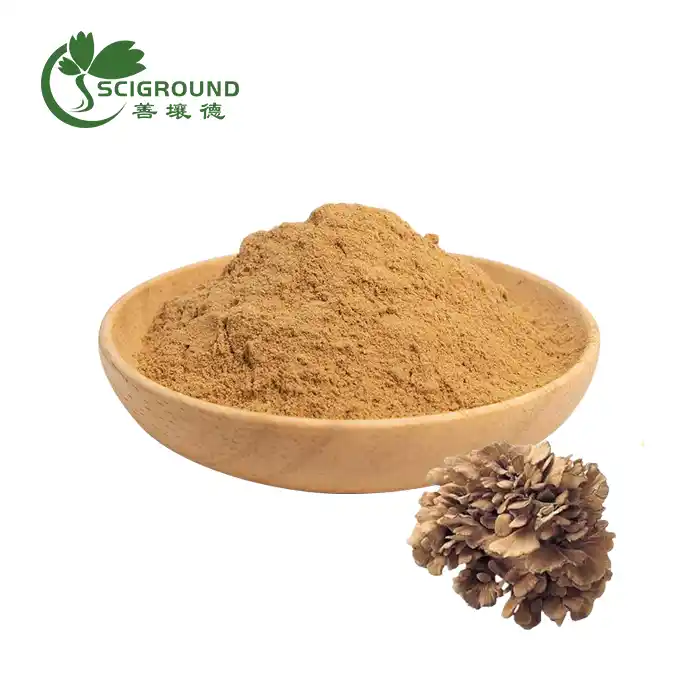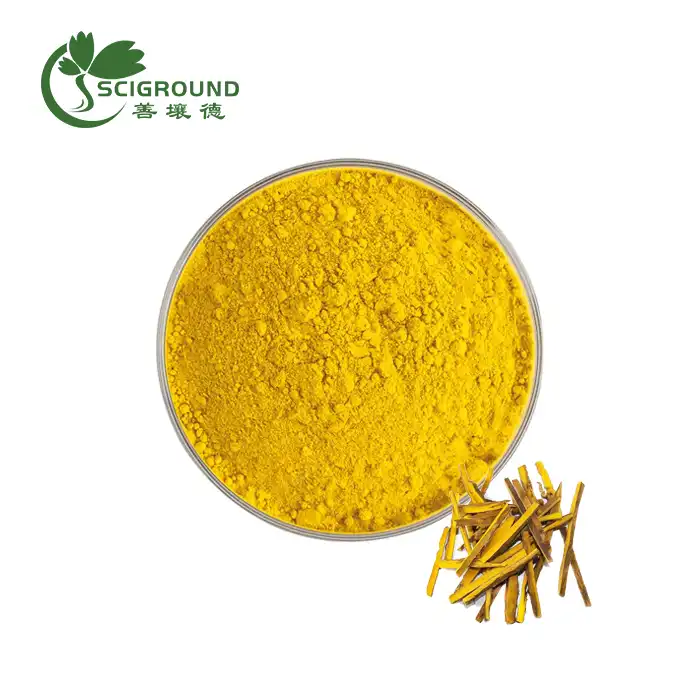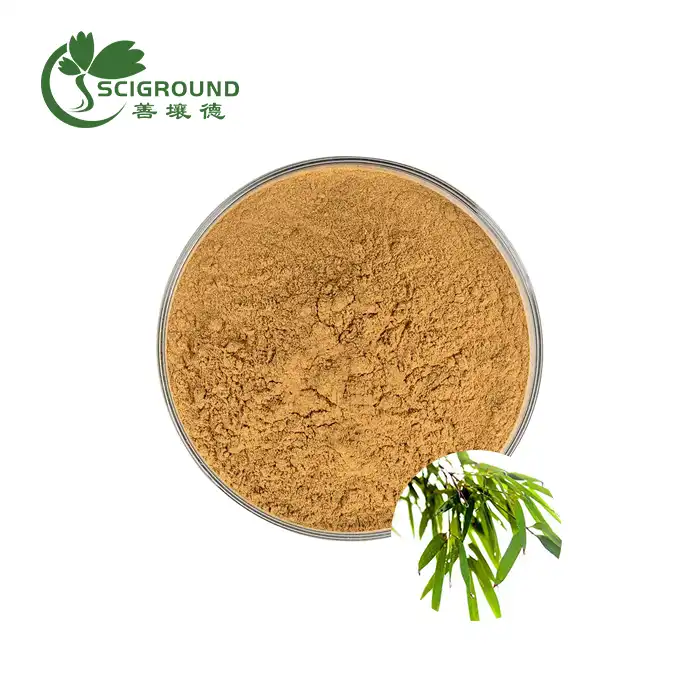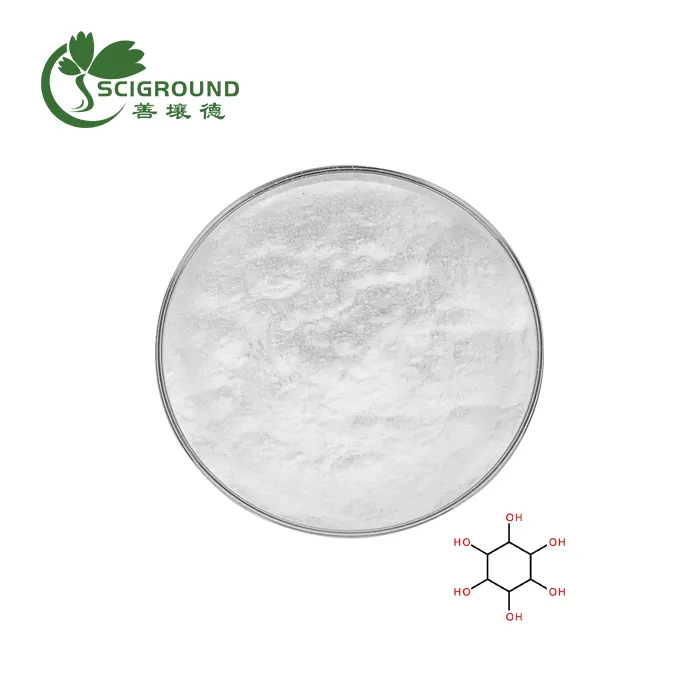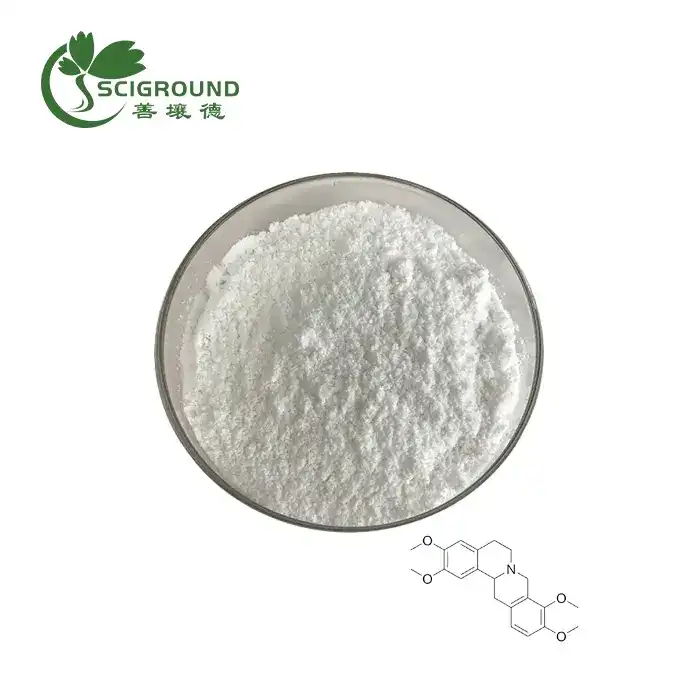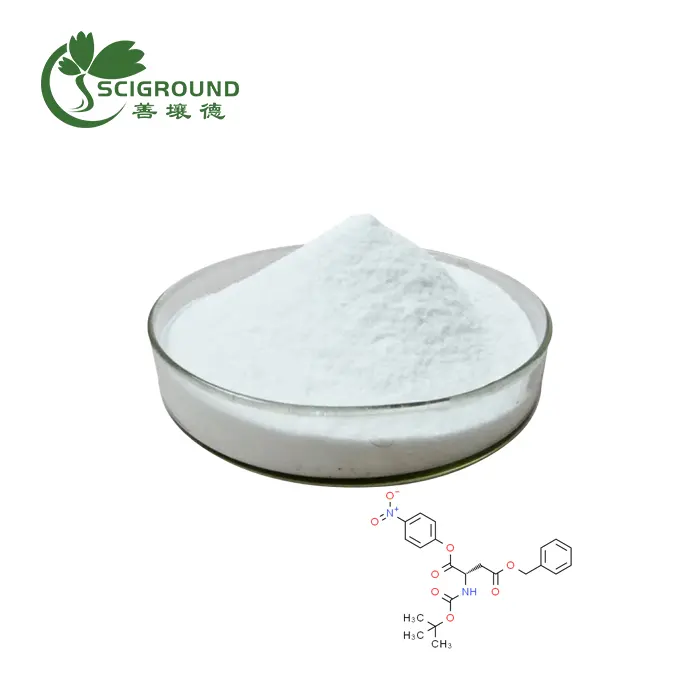Brown Rice Protein vs Pea Protein
As a registered dietitian, I'm often asked to compare different plant-based protein powders like pea and brown rice. While both have merits, pea protein does seem to have advantages in several key areas.
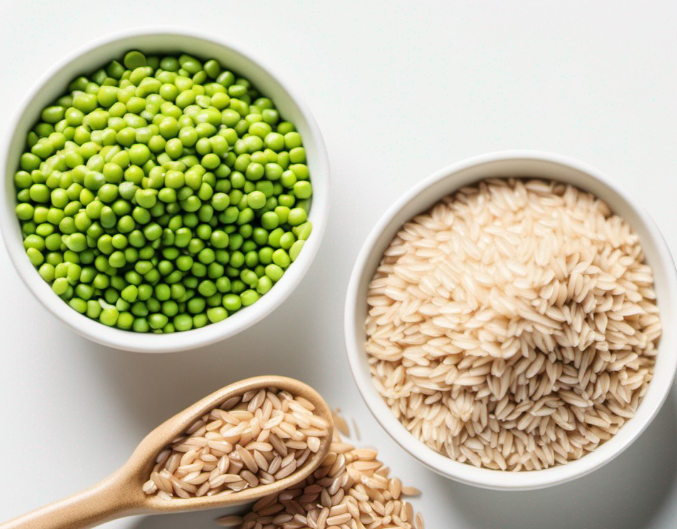
Is pea or brown rice protein better?
Given that each serving of brown rice or pea protein contains 15–22 grams of protein and 100 calories, respectively, they are both excellent sources of protein. Rice protein lacks the complete amino acid profile while pea protein does. However, they combine to form a complete amino acid profile. In other words, when combined with rice protein, pea protein makes up for any amino acid deficiencies.
Brown rice protein powder may provide more fiber and antioxidants than pea protein powder, depending on the brand and composition of the supplement.
Pea is a better option if you're worried about getting enough complete proteins in your diet because it has all nine necessary amino acids.
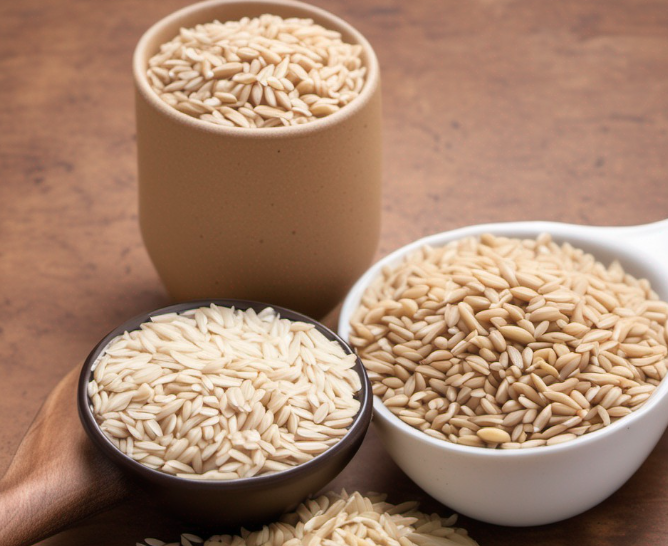
What is the difference between brown rice protein and pea protein?
Pea protein typically contains around 80% protein by weight, delivering 25g per 30g serving. Brown rice protein is lower, with 60-70% protein by weight and 15-20g per serving. Pea protein also has more of the muscle-building amino acid lysine.
In terms of digestibility, pea protein is absorbed at a 98% rate compared to 93% for rice protein. This is likely due to the smoother texture of pea protein. For individuals with sensitive stomachs, pea protein may be easier to break down.
Regarding allergens, peas are hypoallergenic while rice protein is avoided by those with rice allergies or gluten sensitivities. Pea protein is also neutral tasting and mixes smoothly, while rice protein has a distinct grainy flavor.
When it comes to sustainability, pea protein production has a lower environmental impact overall. The nutrition, digestibility and versatility of pea protein seem to give it an advantage over rice protein in many regards. However, some prefer rice protein as a soy-free alternative. A combination may provide complementary amino acids.
Pea/Rice Protein Ratio
Based on their amino acid profiles, a good ratio for combining pea and rice protein is approximately 2:1. This allows the higher quality pea protein to make up the majority, while brown rice protein contributes additional amino acids.
A blend of 30g pea protein wholesale to 15g rice protein in a shake, smoothie or recipe can help provide a complete protein profile in plant-based diets. This maximizes the muscle-supporting and satiating benefits.
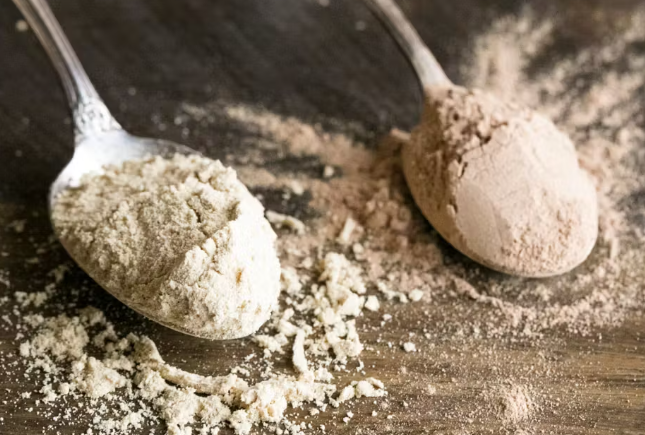
Pea and Rice Protein Powder Benefits
Here are some of the evidence-based benefits of combining pea and rice protein powders:
Provides all essential amino acids for building muscle and tissue
Increases protein content of meals and snacks to support satiety
Highly digestible and absorbable form of plant protein
No major allergenic ingredients
Good source of iron, zinc, fiber and magnesium
Neutral taste and smooth texture enhances recipes
More environmentally sustainable than animal proteins
Cost-effective source of quality nutrition
Hypoallergenic and unlikely to cause digestive reactions
Easily incorporated into shakes, baked goods and snacks
Together, pea and rice protein offer a versatile way to boost protein intake and reap health benefits as part of a plant-based eating pattern.
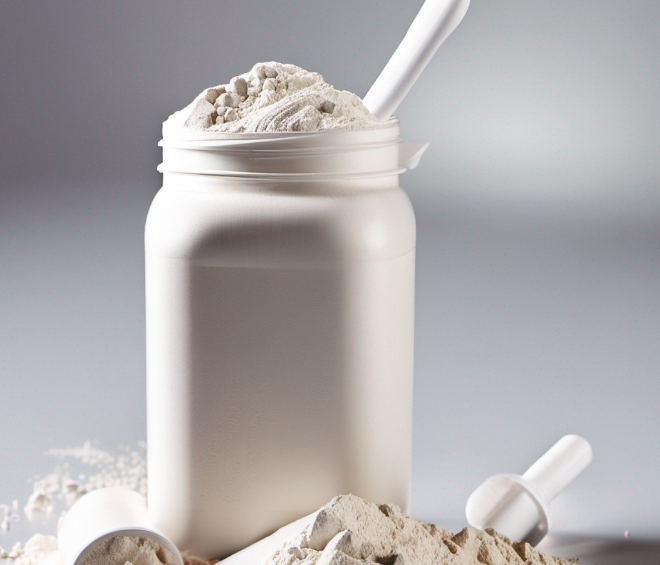
Is Brown Rice Protein Good for Muscle Building?
Brown rice protein can contribute to muscle growth and maintenance when paired with other proteins. Here's how it supports strength athletes and bodybuilders:
Provides muscle-repairing amino acids like leucine, lysine and arginine
Allows higher protein intake needed for muscle development
Helps preserve lean muscle mass when cutting weight
Anti-inflammatory antioxidants aid workout recovery
Easy to digest and absorb, even during intense training
Magnesium in rice protein aids energy production
Vegan choice often preferred by plant-based athletes
May increase testosterone and growth hormone levels
However, brown rice protein is low in certain amino acids for robust muscle growth. Combining with pea protein provides superior muscle building potential. But as part of a blended protein formula, brown rice protein can be an asset for active individuals.
Is Brown Rice a High Quality Protein?
On its own, brown rice is not considered a high quality complete protein compared to animal products or certain plant sources. Here’s how it measures up:
Low PDCAAS score of 57% protein quality
Lacking sufficient lysine and threonine
Only 2g protein per 1⁄4 cup cooked brown rice
Pales compared to quinoa, buckwheat, soy, legumes
Minimal branched chain amino acids for muscle growth
While brown rice does offer some protein and balanced amino acids, concentrating it into protein powder reduces the lysine content. For adequate essential amino intake, rice protein needs to be combined with pea protein isolate bulk or other higher quality plant proteins.
Is Pea Protein Better for Kidneys?
For individuals with kidney issues, pea protein may be easier to process than rice or other proteins. Here’s why:
98% digestibility reduces kidney strain
Smooth texture unlikely to cause kidney stones
Low in compounds that burden kidneys like oxalates
Hypoallergenic nature prevents kidney inflammation
Devoid of common allergens that tax kidneys
May enhance kidney blood flow through L-arginine
Less phosphorus and potassium than brown rice protein
Supports kidney function with amino acid lysine
Neutral pH and low sodium benefits kidneys
Those with healthy kidney function can safely consume both pea and rice proteins. But for those with kidney disease, pea protein has advantages for supporting kidney health. Always consult a nephrologist about optimal protein intake for individual kidney needs.
Is Pea and Rice Protein Better than Whey?
For some populations, combining plant proteins like pea and rice can be an appropriate alternative to whey protein:
Benefits Compared to Whey
No lactose or dairy allergens
Less potential for bloating or gas
Non-GMO and less processed
Arguably more sustainable
Vegan ethical choice
Extra fiber, vitamins and minerals
Downsides Compared to Whey
Lower leucine content may not maximize muscle protein synthesis
Generally higher cost per serving
Slightly lower protein absorption rate
Lacks immunoglobulins found in whey
Pea and rice proteins offer comparable smooth texture and neutral taste to whey, while providing added nutritional value. For general health and moderate strength goals, they can substitute whey well. Those with specific medical needs or ethical concerns may find them useful alternatives after discussing options with a dietitian or doctor.
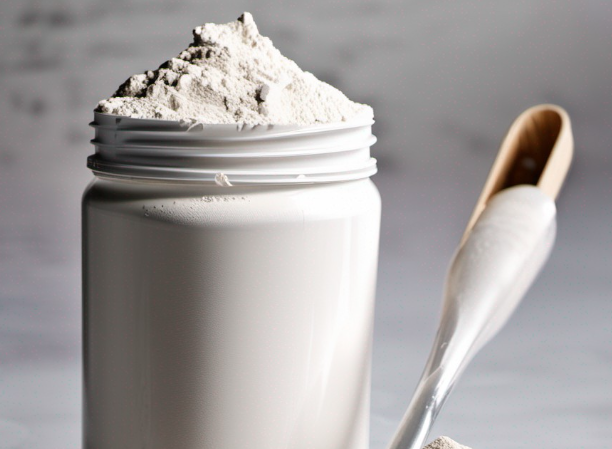
Is it OK to have Pea Protein Every Day?
For most healthy people, daily pea protein intake should be perfectly safe. Here’s why:
Highly bioavailable protein, easy for body to utilize
Rich in essential amino acids like lysine
Non-allergenic and typically well tolerated
98% digestibility minimizes digestive issues
Neutral taste adaptable to shakes or recipes
Environmentally sustainable crop choice
No evidence of toxicity or organ stress
Affordable cost per serving of quality nutrition
Unless any underlying kidney problems or allergy, intakes up to 60g pea protein daily appear safe long-term. Those with medical conditions would be wise to consult a physician prior to daily use.
Is Rice Protein a Complete Protein?
On its own, brown rice protein should not be considered a complete protein source. Here's why:
Lacking sufficient lysine and threonine
Does not provide adequate amounts of all nine essential amino acids
PDCAAS score only 57%, indicating poor protein quality
Much lower in protein than sources like pea, soy or whey
Minimal muscle-building branched chain amino acids
While whole brown rice does supply a balanced amino acid profile, processing it into protein powder appears to reduce essential amino acid content. For well-rounded protein intake, rice protein needs to be combined with higher quality plant proteins like pea.
Brown Rice Protein Side Effects
While typically well tolerated, some potential side effects of brown rice protein to be aware of include:
Bloating, gas, stomach pains - could signal difficulty fully digesting brown rice protein
Constipation - from insoluble fiber content
Allergic reactions in those with rice allergies
Kidney stones - high oxalate content could pose risks for prone individuals
Arsenic exposure - rice plants tend to accumulate higher arsenic levels
Fatigue - missing amino acids like lysine reduce protein quality
Proper dosing and combining rice protein with more digestible options like pea can help minimize these risks. Those with kidney issues or rice allergies should exert caution.
References:
[1] Babault et al. Pea protein oral supplementation promotes muscle thickness gains during resistance training: a double-blind, randomized, Placebo-controlled clinical trial vs. whey protein. Journal of the International Society of Sports Nutrition. 2015.
[2] Tömösközi et al. Isolation and study of the functional properties of pea proteins. Food/Nahrung. 2001.
[3] Gmeiner et al. Influence of a pea protein isolate on body weight gain, body composition, and glycaemic control in high-fat-fed C57Bl/6J mice. British Journal of Nutrition. 2020.
[4] Norton et al. Comparative profile of the amino acid composition of brown and milled rice proteins. Journal of Agricultural and Food Chemistry. 2009.
[5] Mathai et al. A Comparison of Normal, Brown and Parboiled Rice in the Management of Type 2 Diabetic Rats. Advances in Biological Research. 2015.
About Author

Celine Xu is a botanist with over 15 years of experience researching and developing plant extracts for nutritional and pharmaceutical applications. She leads an R&D team focused on identification, cultivation and extraction of medicinal plants. Celine Xu earned a Ph.D. in Plant Biology has authored numerous articles in peer-reviewed journals about the health benefits of specific phytochemicals. She frequently speaks at industry conferences about new developments in plant extract research. Celine Xu is dedicated to advancing the scientific understanding of how targeted plant compounds can be used to improve human health.
Related Industry Knowledge
- What are the Benefits of a Milk Thistle Powder?
- What are the safety and side effects of Melaleuca Extract?
- Is it OK to eat ginger powder everyday?
- Which is better quercetin or fisetin?
- Is tannic acid in all tea bags?
- What is astragalus best for?
- White Willow Bark PE: A Natural Pain-Relieving Extract
- Unleashing the Power of Rhamnus frangula Powder for Constipation and Intestinal Health.
- Understanding L-Valine Powder for Muscle Growth
- Is Capsaicin Good For You?
